Use this hands-on force and motion experiment when teaching your students about how forces influence the movement of objects.
A Force and Motion Experiment for Elementary Students
Forces often work together. Whether they work with or against each other, they will both act at the same time to change the behavior of an object. Different ways of moving objects can change the forces acting on them.
When it comes to learning about scientific concepts such as forces and motion, the best lesson is usually a practical one! That’s why the Teach Starter team has designed this force and motion experiment that will enable your students to test how different forces influence the movement of an object by throwing, dropping, bouncing and rolling it. All you need is a small ball or bean bag, and you are ready to explore the wonderful world of forces and motion with your students!
The procedure for this force and motion experiment is outlined below:
- Take a small ball, bean bag or rice-filled balloon outside and make it move in various ways (throw, drop, bounce and roll). Observe how the object behaves. Observations can come from touch, sight or sound.
- Repeat the experiment twice more, testing different kinds of throws, drops, bounces and rolls. Use drawings and words to record some observations in the results table.
The resource download provides a complete booklet with all the instructions and worksheets the students require to conduct this force and motion experiment. The booklet downloads as a full-color or black-and-white PDF. Should you wish your students to complete the worksheets electronically, a Google Slides version of these is also available.
This force and motion experiment for kids is a great opportunity to get your students outside of the classroom to explore force and motion using a practical, hands-on approach. By actively engaging in this experiment, your students will gain a deeper understanding of how different ways of moving objects can change the forces acting on them.
Extend This Force and Motion Experiment
This experiment focuses on developing students’ observation skills as they watch and record how an object moves when it is thrown, dropped, bounced and rolled.
If you’re looking for ways to extend this experiment, why not add in a measuring element? Students could be required to measure how far the ball travels each time a different force is exerted upon it, then use these measurements to draw conclusions about how force affects the movement of objects. Students could also reflect on whether or not this test is fair, applying the principles of fair testing to their investigation.
Download To Explore Force and Motion
As mentioned above, this force and motion experiment downloads as either an easy-print PDF or an editable Google Slides version. Use the download button to access your preferred file format. (Note: You will be prompted to make a copy of the Google Slides template on your personal drive before accessing it.)
To save paper, you might like to project the instruction page on your interactive whiteboard and provide the student with the worksheet pages only. Please consider printing these double-sided – the environment will thank you for it!
More Science Experiments for Kids
Have we piqued your interest in our science experiments for kids? Click below to explore some more great hands-on science activities for your students!
[resource:5007880] [resource:1942938] [resource:4952259]
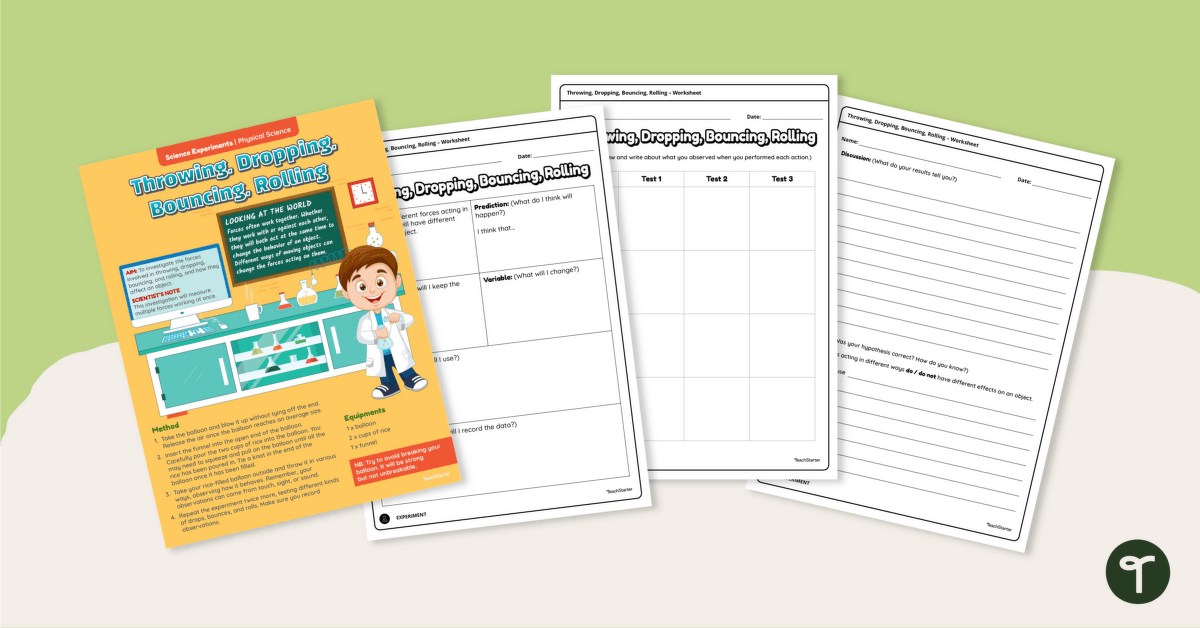

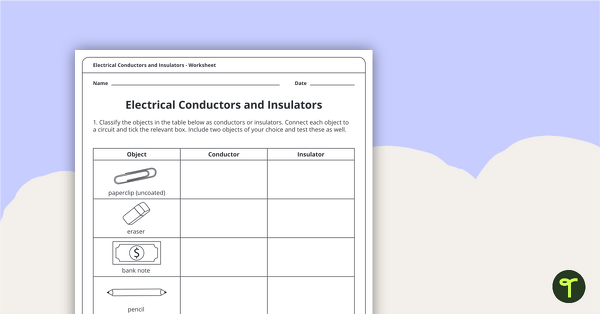
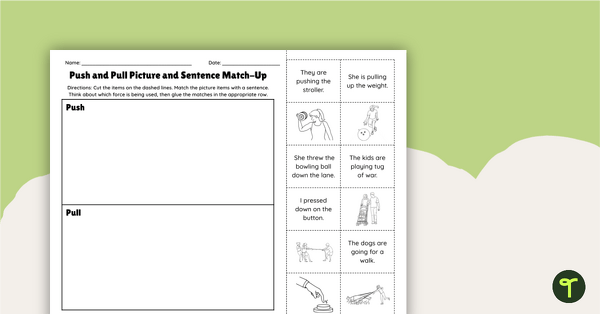
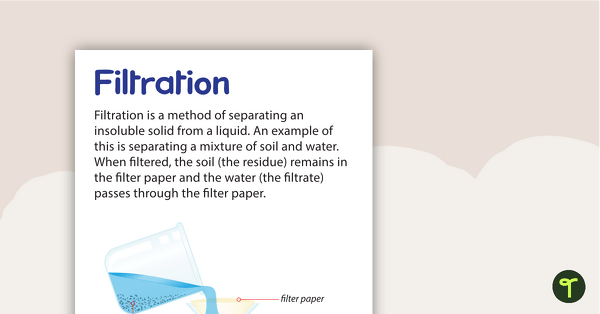
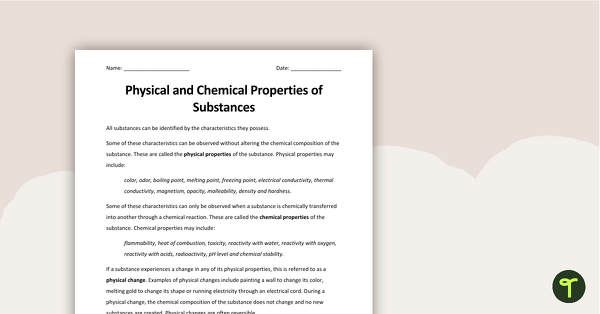

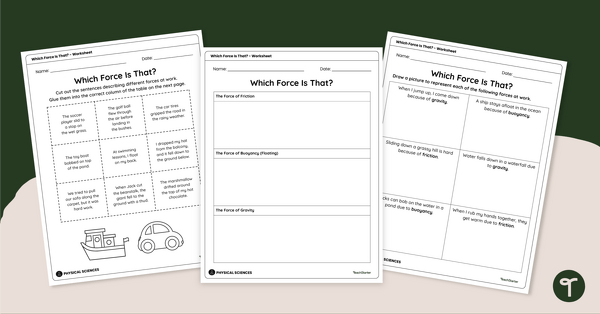

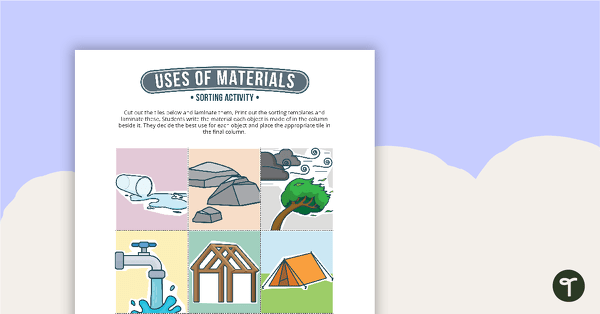
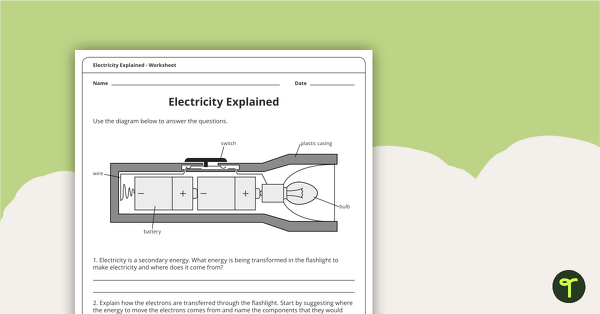
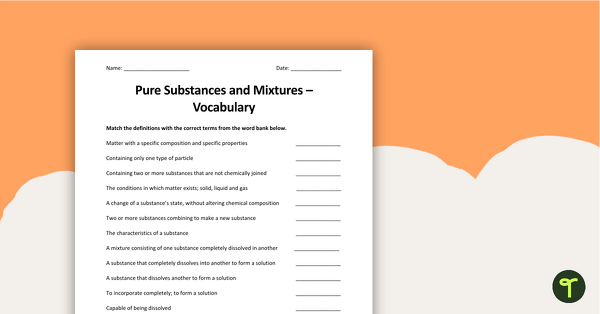
0 Comments
Write a review to help other teachers and parents like yourself. If you'd like to request a change to this resource, or report an error, select the corresponding tab above.